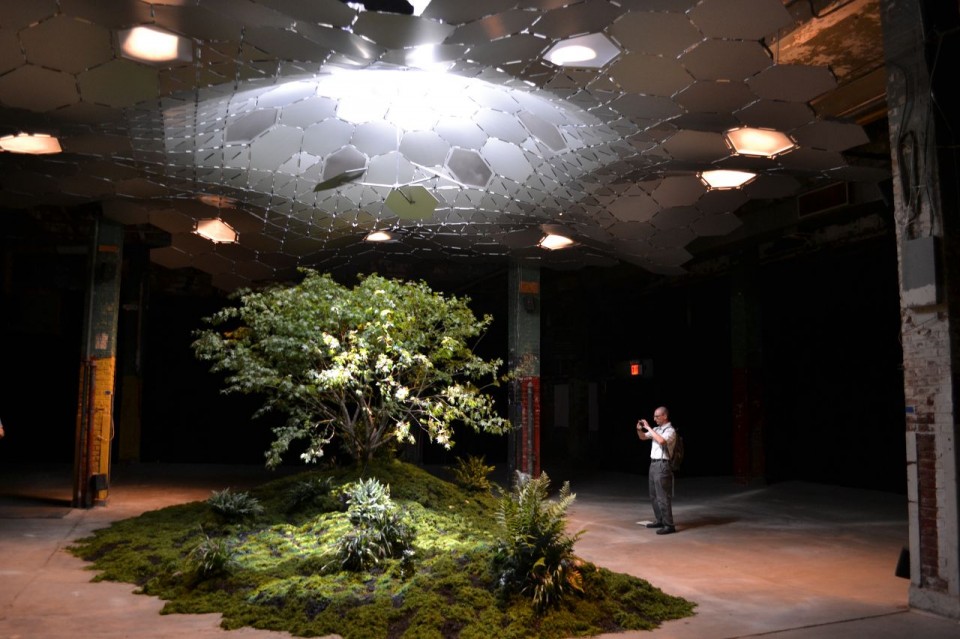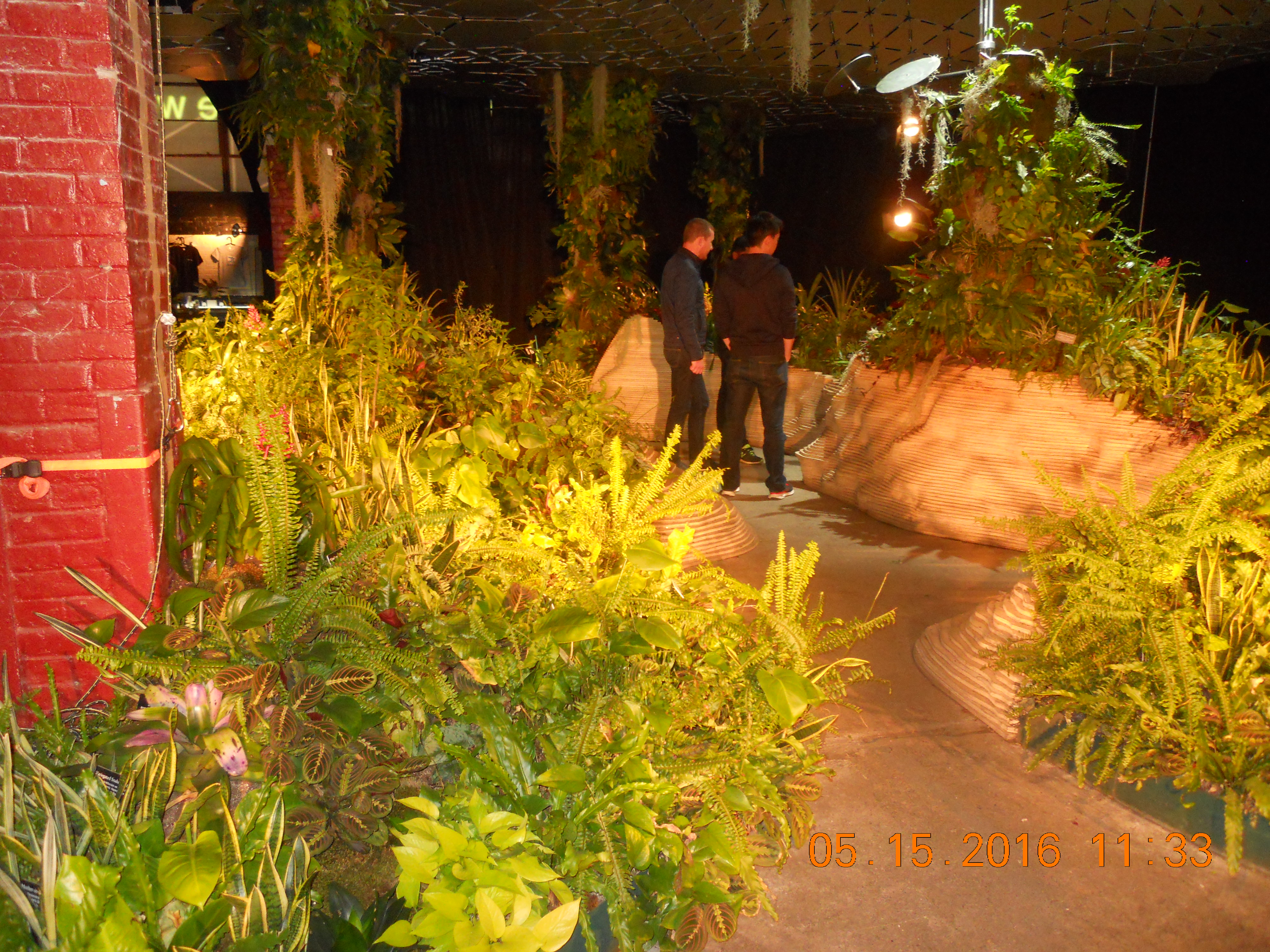By Aileen Marshall

Have you heard of the Lowline? No? Well maybe because it doesn’t fully exist yet. And no, it’s not under the Highline, although its name was inspired by it. It will be an underground park in an abandoned trolley terminal under Delancey Street. The park will use new solar technology to redirect sunlight underground to grow plants and light the park.
The Williamsburg Bridge Trolley Terminal opened in 1908 on Delancey Street. Trolleys went back and forth to Brooklyn across the aforementioned bridge. The station extends three blocks underground from Essex Street to Clinton Street, and has interesting architectural features, such as cobblestones and a 15-foot ceiling. It closed in 1948 and has been sitting empty ever since.
Then in 2009 architect James Ramsey, who used to work at NASA developing optics for satellites, heard about it. He discussed it with his friend Daniel Barasch, a strategist for Google. Ramsey thought he could use fiber optics to collect and redirect sunlight underground to make it into a park. They made a proposal to the city.

Two feasibility studies were started in 2011. One was by HR&A Advisors, a real estate, economic and energy consulting firm. The other was from the engineering firm Arup. Both came up with positive findings, indicating that it would be helpful to the community. Since 2012 the Lowline organization has run a program called Young Designers. They offer educational programs to local schools and other groups, using the lab for lessons in science, technology, engineering and design.
By 2012, the pair had raised $150,000 on Kickstarter to build a laboratory exhibit of the solar technology that would be used in the Lowline. As of 2015, the Lowline organization has raised $155,000 to build the park. The exhibit lab uses what Ramsey calls “remote skylights,” the technology that would be used in the park. An above-ground parabolic disk collects sunlight, then a concentrator increases the light 30-fold and filters out the hotter rays. Protective tubes send light to a central distribution point via fiber optic cables, then to an aluminum canopy in the lab. That, in turn, reflects the light into the lab. This illuminates the lab and allows the plants to grow. Since it is reflected sunlight, it contains the full spectrum of sunlight, including the wavelengths needed for photosynthesis. Optic technology allows the outdoor disk to follow the sun during the day and maximize the amount of sunlight it collects. Mirror boxes would toggle the light between electric and sunlight to allow for variations, such as cloudy days.
Landscape artists have planted many different species inside the exhibit, such as mosses, lavender, strawberries and hops, all of which continue to grow. Light is measured in foot candles, or fc. The light intensity in a typical office space is about 10fc. Plants need about 700 to 3000 fc to grow. Signe Nielsen, John Mini Distinctive Landscapes, and the Brooklyn Botanic Garden are using the lab to determine which plants grow best. They are looking at temperature, humidity, light, and water as factors. The plan is to grow different plants at different levels of the park based on the amount of light needed.
The Lowline Lab, at 140 Essex Street, opened last October, and will be open on weekends, from 11am to 5pm, until March 2017. It is in the space of the old Essex Street Market, which was built in 1940. The new market is one block south. Admission to the exhibit is free, although there is a suggested donation of $10. As of this writing, it has had over 50,000 visitors. You can find more information at http://thelowline.org/.
When I visited the lab, I found it darker than I expected. However, the plants were very lush and did create a pleasant environment. I would imagine this park would be a nice respite during the very hot summer days.
Manhattan Community Board 3, Assembly Speaker Sheldon Silver and Senator Kristen Gillibrand have endorsed the project. While City Hall has indicated support for the park, it has not yet been officially approved. Ramsey and Barasch are in negotiations to buy the trolley terminal from the Metropolitan Transit Authority. They hope to have the park open by 2020.
